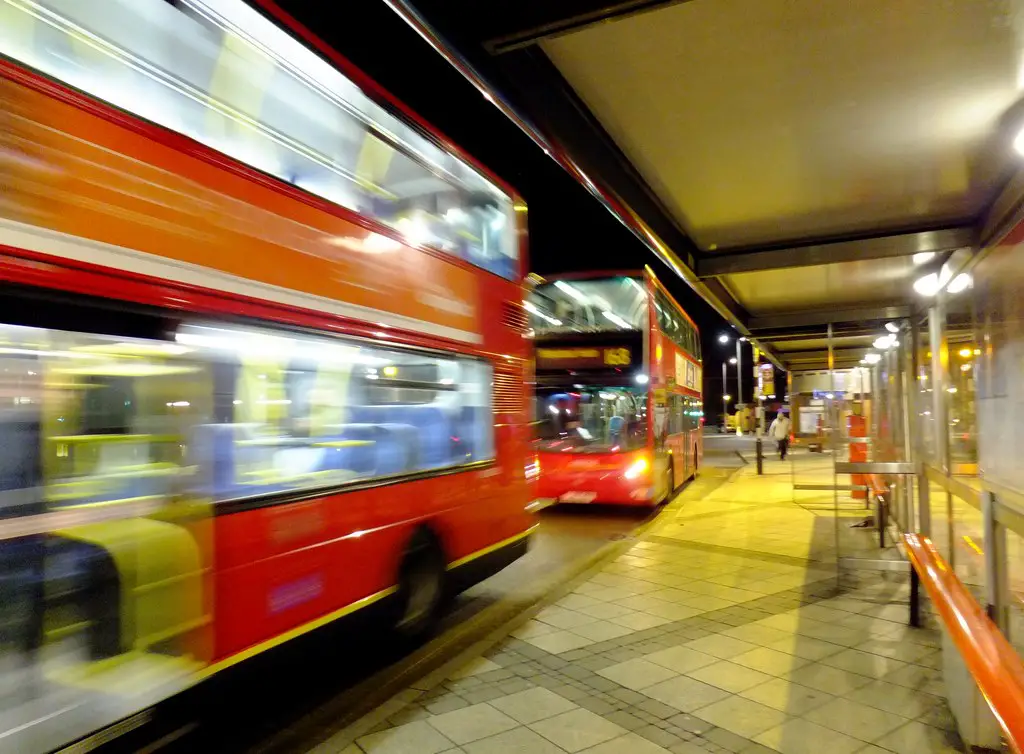During the last fifty years, Western cities have captured the imagination of people around the world; be it through dazzling portrayals of cities such as dystopian L.A. in Blade Runner, or through spectacular views of the Eiffel tower in Paris and the Sagrada Familia in Barcelona. The Western city has remained as sought after by tourists, investors, artists, etc. as ever. Yet this does not mean that other cities around the globe are deemed to remain behind shrouds of mystery, on the contrary, they are booming and posing a challenge to established cities in developed nations.
After the initial reconstruction of cities in post-war Europe and the booming of dissatisfied youths, major cities around Europe and North America became hot beds of liberal thinking, prompting gay right movements, feminist ideals and democratic values. As a result, cities such as London, Paris and San Francisco became centres for the cultural revolution of the 1960s.
As the 70s came to an end, the western city had positioned itself at the centre of global attention be it because of cultural movements or the reassertion of its economic status. People in the Soviet Union or living under dictatorships in Latin America were influenced by what was happening in such cities and as a result the collective imaginary of the Western city became sought after around the globe.
During the 80s, as regimes opened their economies and the Iron Curtain began to fall, people started targeting the Western city as the first place in their list of places to live, visit, or invest. Policy makers began devising aggressive strategies to attract investment, and it is no surprise that during this time communities were hit by waves of gentrification. Examples range from Canary Wharf in London (pictured above) to Chelsea and the Village in New York.
Cities like Barcelona were re-imagined by policy makers to fit the trend and branding became a central element in the agenda of virtually every Western city. For instance, Barcelona, whose historic quarters were decaying and until the 1970s plagued by irregular settlements, managed to reach out, win the Olympic bid, and use Gaudi’s badly maintained masterpieces as its prime selling point to lure foreigners and project a global image that, until the recent crisis, was the champion of city branding. As with Barcelona, other cities took similar agendas. Today the Western city is still the most visited city by tourists, it continues to be targeted by rich investors in emerging countries and still dominates the collective imagination whether in a video-game or a song reference.
However, with the advent of globalisation and rapid progress in communication technologies, the paradigm is shifting. Cities like Beijing or Rio de Janeiro are gaining grounds against their Western counterparts and people are beginning to consider these “exotic” metropolis as places to live, invest and study. Cities in the emerging economies are ramping up their efforts to enhance their image across the world and are experiencing unprecedented investment in infrastructure, as seen in cities like Sao Paulo, Guangzhou and Bangalore. Not only that, but these cities are also making their presence in the collective imaginaries around the world.
However, one thing remains to be seen. As the Western city faces the greatest identity crisis since the post-war years, will it be able to maintain its presence in the collective imaginary around the world? Or will the famous I (heart) NY shift to Shanghai Pudgong? Will Soho shift to Moscow’s Arbat?
For the Western city, it is a question of reinventing itself. St. Germain in Paris, for example, is no longer a place where intellectuals and writers such as 1920s Hemingway gather, rather it feels more like a tourist trap with exclusive retail stores and foreign owned restaurants for visitors seeking a “boho” experience in a place where once famous artists lurked around (see above). In this sense, the Western city has to learn to break from the well established brand of the past to be able to create engaging spaces for tomorrow, and it is in the local community to create such spaces, not in the demand from abroad to experience them.
On the other hand, the emerging city has more freedom for it has not yet established itself deep inside the collective imaginary; the Great Tenochtitlan in Mexico City, Pudong quarter in Shanghai, the Boho Arbat in Moscow are some just a few of hundreds of possibilities in which the emerging city can portray itself.
Nevertheless, the emerging city has to be as careful as the Western city in developing its identity. As we’ve seen in the last decade, emerging cities are at risk of disneyfication which may damage their local identity rather than enhancing it. Hemingway’s St. Germain no longer exists and it is over to today’s city dwellers’ and policy makers to create engaging spaces which the global citizen and local communities alike can enjoy for decades to come.
Photo: Zemzina


